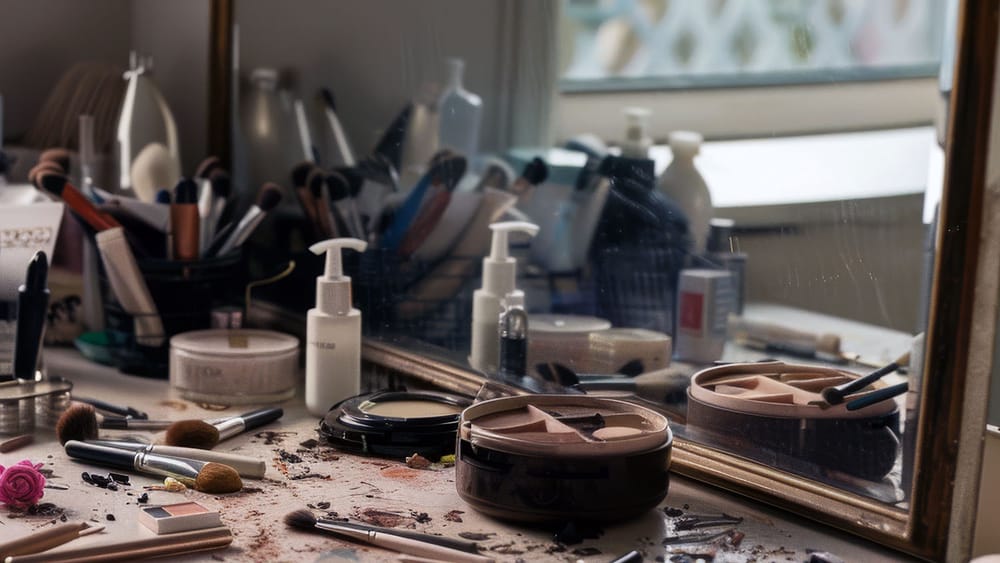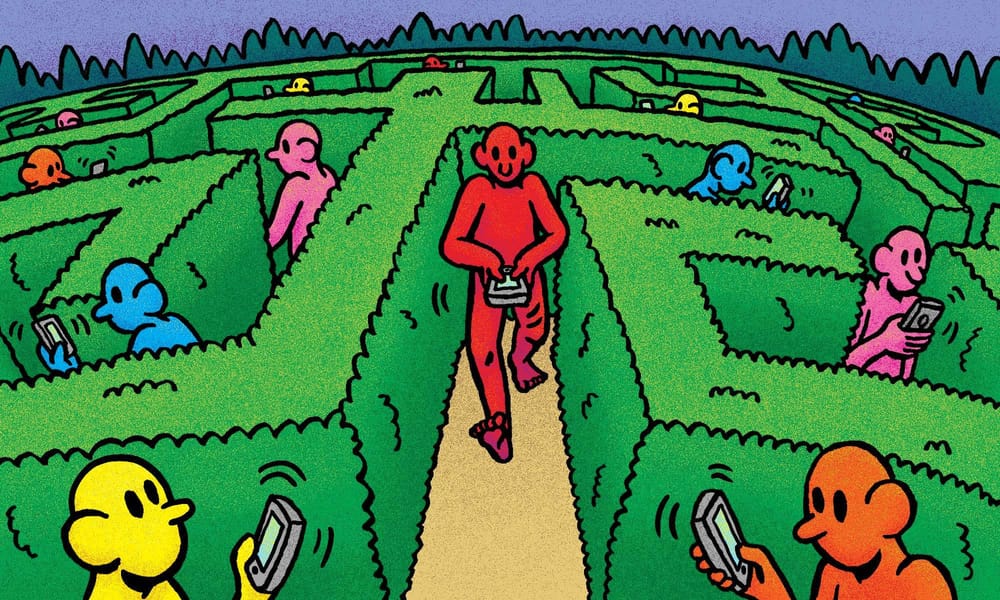Laura Deschl brings her knowledge of textile design to the tactile healing that traumatised bodies need—and too rarely receive. We increasingly recognise that trauma is carried in the body, yet embodied treatments for trauma lag behind talk or drug therapies. As a social designer, Laura Deschl is drawn to those gaps which she regards as urgent spaces for integrative therapies. Her current project took shape during the first COVID lockdown, as heightened concern about trauma was running headlong into straitened resources. The Healing Imprint is a knitted garment which delivers non-invasive acupressure to the affected areas of the body. Sustained, safe pressure creates a bodily "interface for an individual to access embodied knowledge and self-awareness, but also represents how design can converge fields such as science, business, medicine, psychiatry and textile-making."
What is your design philosophy?
As a social designer, I aim to design things with a purpose. It's crucial to be aware of the responsibility that each of us carries, because your work will always have an impact. To me, 'purpose' means that the design serves society or the planet in some way. While I used to aim to solve the root cause of issues through applied design solutions, I have now expanded my definition of purposeful because I came to understand that purposeful designs need to look at a complex system, and [the system] cannot always be addressed in one project. Opening up a new mental space, or an experiment, can be the first step on a journey to a purposeful design solution.
What is the purpose of The Healing Imprint?
Each purpose needs an urgency, which I define as a major discrepancy between the status quo (of a conviction or a system) and its potential. But an urgency even goes beyond [this], often entailing some sort of suffering for someone. If I recognize something as urgent, I can even feel it as agitation in my body.
The urgency for The Healing Imprint was how traumatic experiences are stored in the body's memory, yet [there is] little knowledge about the role of the body for healing and only a few body-based therapies available to people. I was inspired by a powerful and remarkable experience where my own body reminded me of a story my mind had forgotten. Through research and observation, I found that many mental illnesses have their root cause in trauma. But Western medicine’s approach to treatment is to alienate a symptom and not look beneath the surface. Since psycho-trauma always has a bodily component, and needs to be healed through the body, I concluded that there is an overlooked potential for purposeful design. If an individual's symptoms get treated [only] with talk therapy and drug prescription while being rooted in trauma, it is no surprise people remain stuck.
What have been some of the challenges you have faced with this project?
Society and the planet have been in a state of crisis, particularly [over] the last couple of years, which inevitably reflects on anything that is just starting to blossom. This work actually came to life during the midst of the first lockdown. As a result of these crises, we have had to face scarcity of funding possibilities, or money taps increasingly being turned off. On the other hand, the state of crisis has meant a focus inward for many people—probably one of the reasons why I have experienced the feedback for this project as overwhelming in many ways, and it is touching to see with how many people my thinking and acting resonates.
What are you hoping to achieve through this project?
Acupressure is said to bring up buried emotions in the body, [so I hope] to provide a playful solution for individuals to re-connect with their bodies and heighten their sense of embodiment.
My main goal is to raise awareness of the importance of the body in overcoming mental illness; to open up a conversation about integrative medicine and new approaches [to] how healing can be approached. To allow for intuitive, embodied knowledge to be given a voice—regardless of rational reasoning and empirical evidence.







